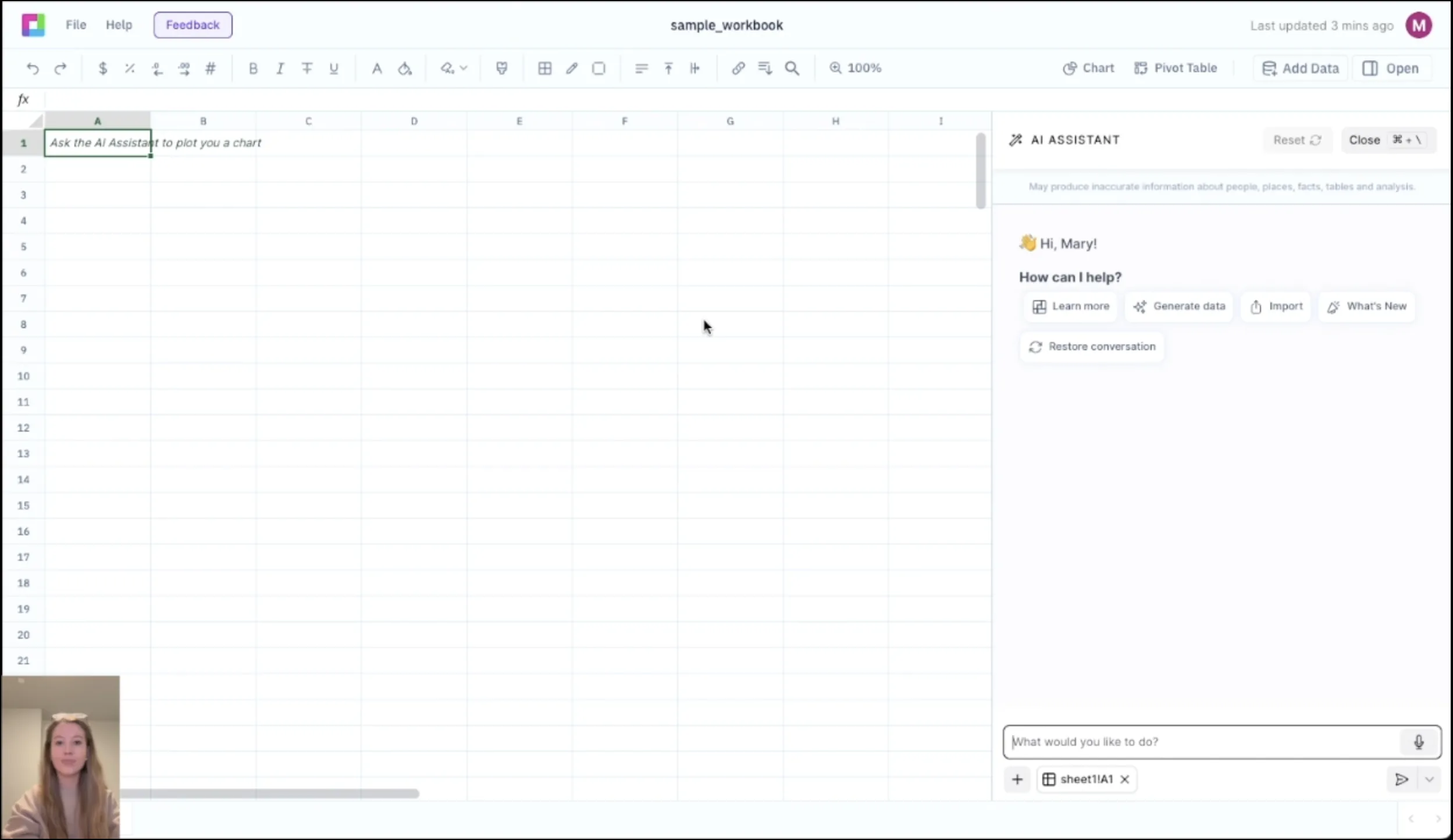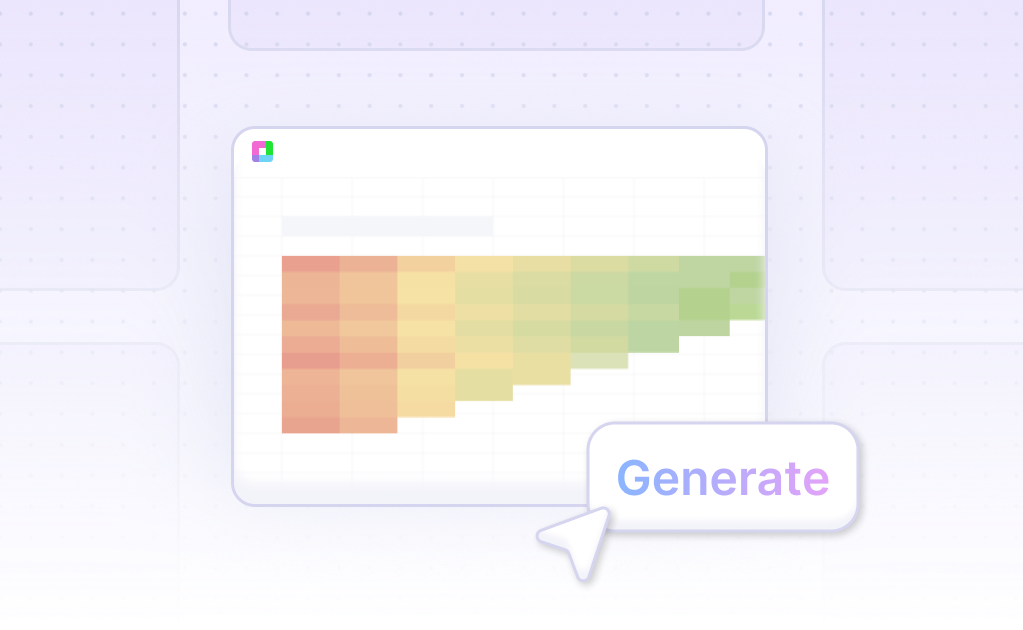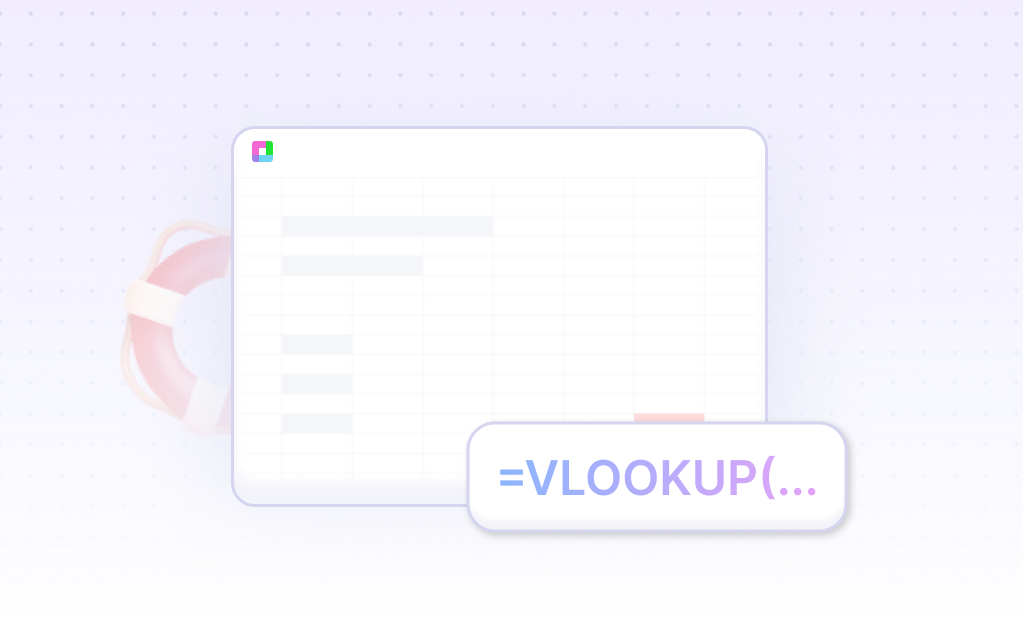
Master IPO Analysis with Professional Capital Markets Tools
Initial public offerings require comprehensive analysis of valuation, market conditions, and investor positioning. Our IPO template provides professional tools to analyze IPO candidates, develop valuation frameworks, and support public offering processes with institutional-quality capital markets analysis.
From valuation analysis to roadshow preparation, optimize IPO execution. Built for investment bankers, capital markets professionals, and corporate finance teams, this template helps you analyze IPO opportunities, develop pricing strategies, and execute successful public offerings.
Comprehensive IPO Valuation Analysis
Public Company Valuation
Develop IPO valuation using public company multiples, DCF analysis, and sum-of-the-parts valuation. Consider public company premiums, trading liquidity, and market positioning.
Comparable Public Companies
Analyze comparable public companies with trading multiples, growth profiles, and market positioning. Apply appropriate multiples and adjustments for size, growth, and profitability differences.
Recent IPO Analysis
Evaluate recent IPO transactions with issue pricing, aftermarket performance, and valuation metrics. Analyze market reception, investor demand, and pricing dynamics.
Valuation Range & Pricing
Establish IPO valuation range considering multiple methodologies, market conditions, and investor feedback. Develop pricing strategies and offer size optimization.
IPO Structure & Execution Planning
Offering Size & Structure
Determine optimal offering size considering capital needs, seller liquidity, and market capacity. Structure primary and secondary offerings with appropriate allocation.
Syndicate Structure
Develop underwriting syndicate structure with lead managers, co-managers, and selling group participants. Analyze syndicate economics and allocation strategies.
Roadshow Planning
Plan investor roadshow with target investor identification, presentation materials, and meeting scheduling. Develop investor positioning and messaging strategies.
Market Conditions Analysis
Analyze market conditions including equity market performance, sector trends, and investor sentiment. Assess market receptivity and timing considerations.
Frequently Asked Questions
What valuation methodologies are included for IPOs?
The template includes public company multiples, DCF analysis, sum-of-the-parts valuation, and recent IPO analysis. It considers public market premiums and trading characteristics.
How does it handle different offering structures?
The template supports various offering structures including primary offerings, secondary offerings, and mixed structures. It analyzes optimal sizing and allocation strategies.
Can it analyze market conditions and timing?
Yes, the template includes market conditions analysis with equity market performance, sector trends, and investor sentiment assessment. It helps evaluate optimal timing for IPO execution.
How does it support roadshow preparation?
The template includes roadshow planning tools with investor targeting, presentation materials, and meeting scheduling. It provides frameworks for investor positioning and messaging.
Does it include post-IPO analysis?
The template includes post-IPO performance tracking with aftermarket analysis, trading performance, and investor feedback assessment. It helps evaluate IPO success and lessons learned.
Related Investment Banking Tools
Connect your most-used data sources and tools to Sourcetable for seamless analysis.
Frequently Asked Questions
If you question is not covered here, you can contact our team.
Contact Us





